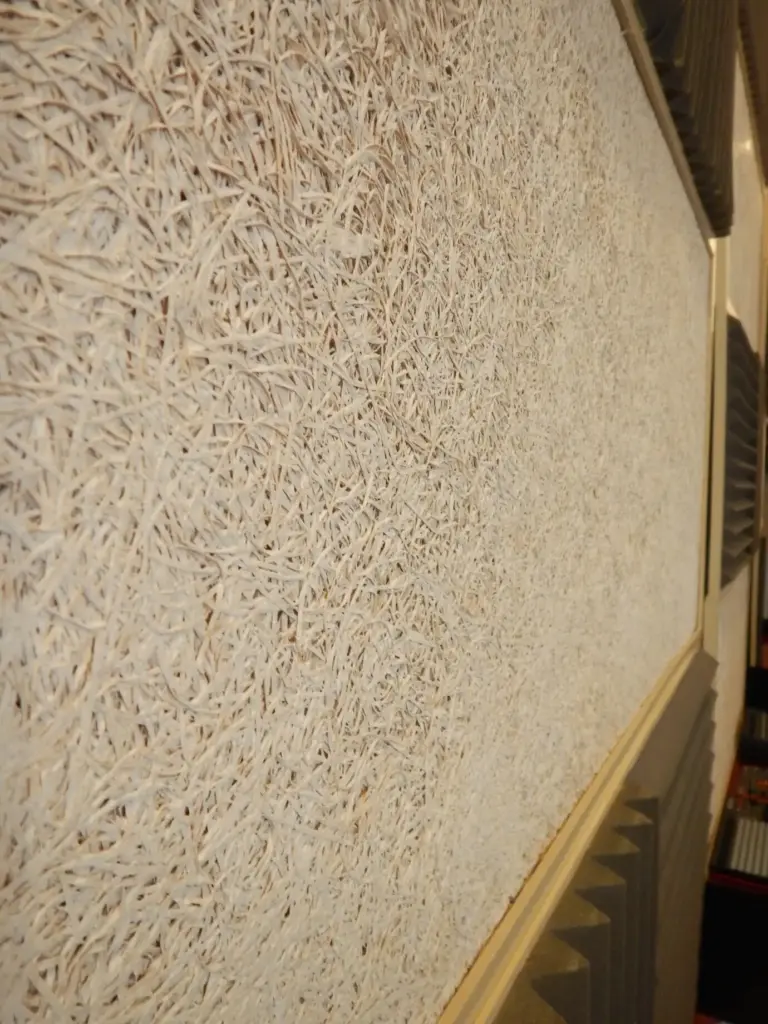

Natural Insulation, Tuned to Cold, Humid, and Hot Regions
Today we are diving into climate-specific guidance for natural insulation in cold, humid, and hot regions, translating building science into steps you can actually use. Whether you inhabit snowy valleys, misty coastlines, or sunbaked deserts, you will find material choices, detailing strategies, and lived stories that make homes quieter, healthier, and remarkably efficient. Bring your questions, challenge assumptions, and imagine comfort that costs less energy while leaving a gentler trace on landscapes you love.
How Climate Shapes Natural Insulation Choices
Before picking materials, understand the forces acting on your walls and roof. Temperature swings, humidity levels, wind exposure, sun angle, and seasonal precipitation patterns all reshape what works and what fails. When you match insulation to these climate signals, assemblies dry faster, last longer, and deliver comfort that feels effortless across seasons without constant mechanical correction or costly maintenance.
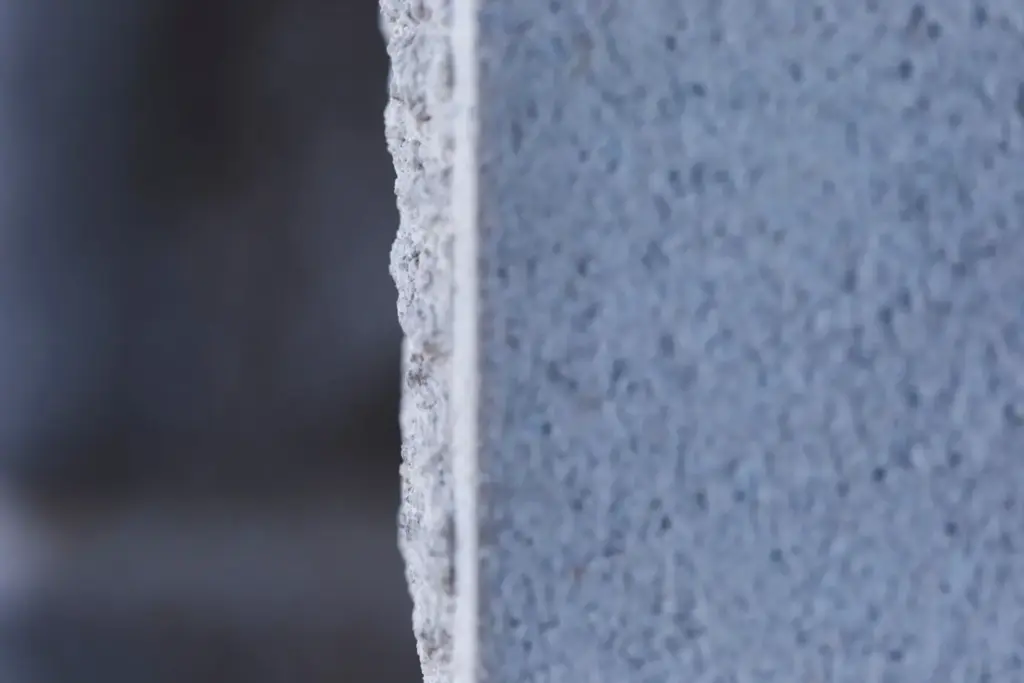

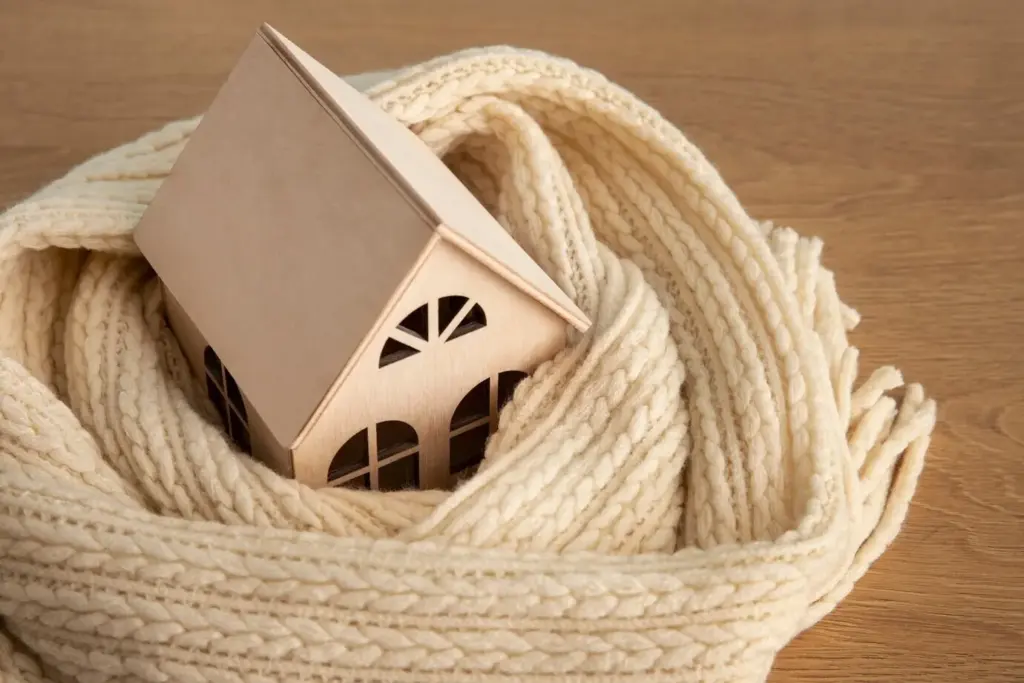
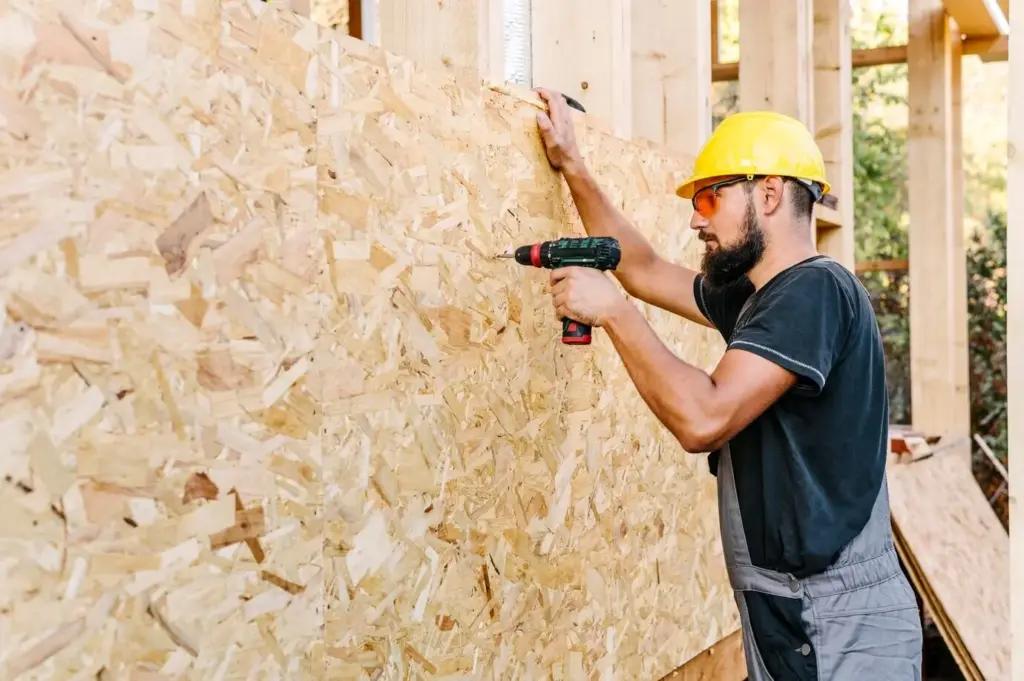

Sheep’s Wool and Dense-Pack Cellulose in Walls
Wool resists convective currents and can absorb and release moisture without losing loft, while dense-pack cellulose curbs air movement and fills every irregular cavity. Together with airtight drywall and gasketed electrical boxes, they protect against ice-dam forming heat leaks. Add smart vapor control to allow drying in spring, and the wall stays warm, quiet, and astonishingly resilient.

Straw Bale and Wood Fiber with Airtight Detailing
Straw bale delivers thick, cozy envelopes with impressive thermal resistance when plastered continuously. Wood fiber boards provide exterior continuity that crushes thermal bridges, especially at studs and rim joists. The magic appears when you tape seams carefully, integrate window flashing flawlessly, and seal penetrations. Suddenly, drafts disappear, indoor humidity stabilizes, and the stove or heat pump finally rests.
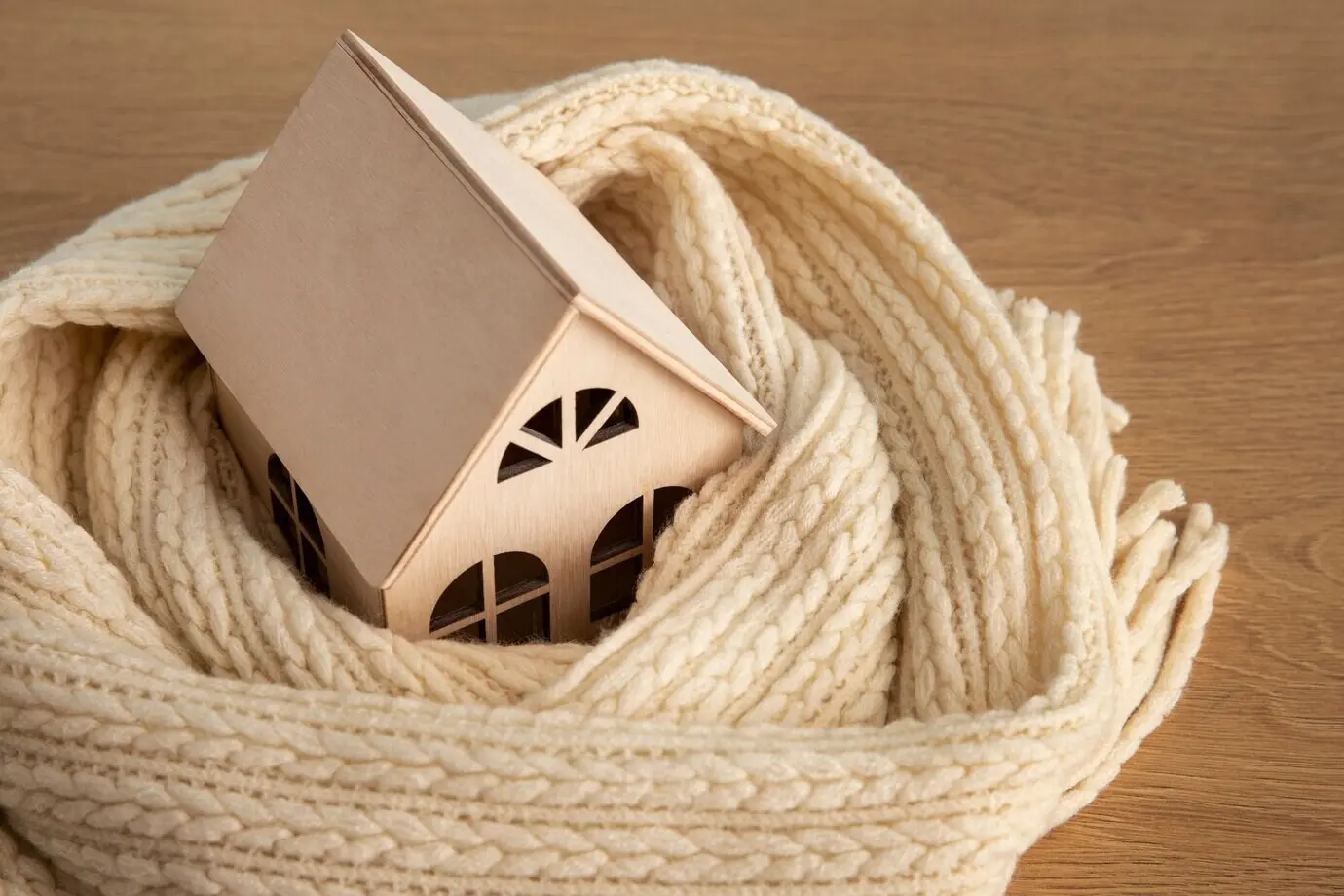
Windows, Attics, and Winter Thermal Bridges
Cold climates punish shortcuts at glazing and roof planes. Install high-performance windows with warm edge spacers, insulate and air seal the perimeter, and extend continuous exterior insulation to overlap frames where practical. In attics, deep cellulose paired with baffles and controlled ventilation stops ice dams. Addressing these bridges routinely outperforms expensive equipment upgrades and keeps noses toasty.
Hot Regions: Blocking Heat, Embracing Night Cooling
Beating relentless sun is about resisting radiant gains, smoothing afternoon peaks, and releasing heat after sunset. Natural insulation shines when combined with reflective, breathable finishes, ventilated roof assemblies, and thoughtful shading. Materials like cork, cellulose, and wood fiber dampen spikes, while light-colored, mineral-based coatings and ventilated over-roofs shed heat, making interiors calm without oversized air conditioning.
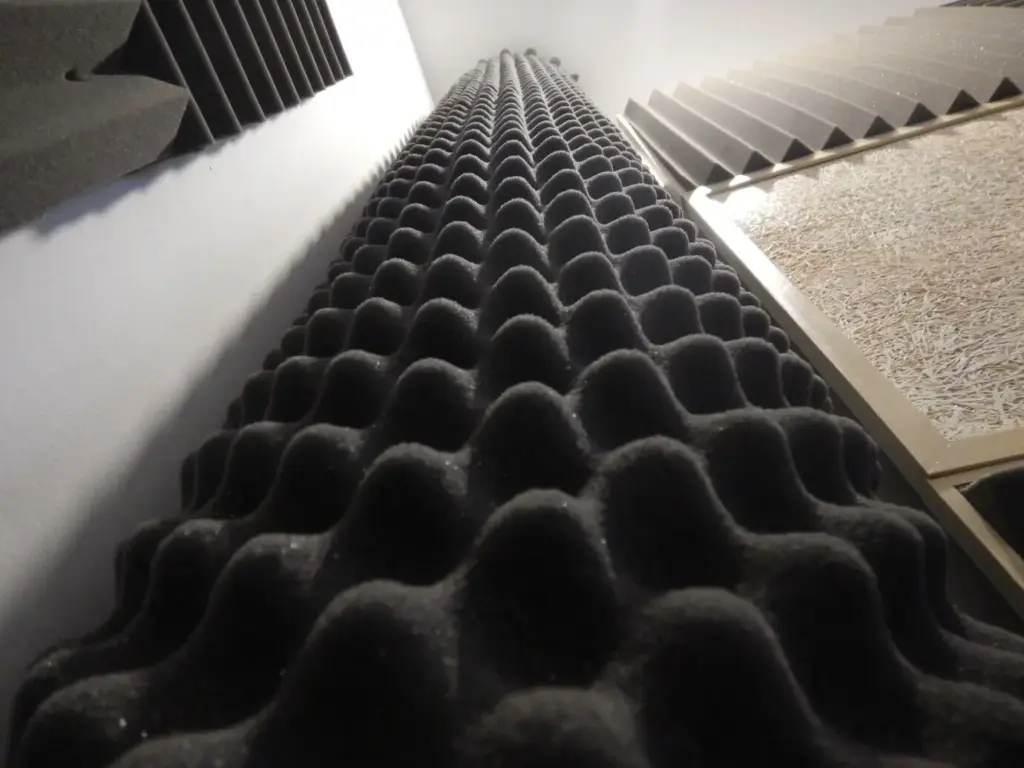
High-Albedo Roofs, Ventilated Cavities, and Cellulose
A pale tile roof or limewashed metal reflects sunlight, while a continuous ventilation channel beneath the roof deck carries away accumulated heat. In the attic, a deep cellulose blanket interrupts convection and buries ductwork for steadier supply temperatures. This trio dramatically trims cooling loads, stretches equipment life, and turns late afternoons into genuinely livable hours.
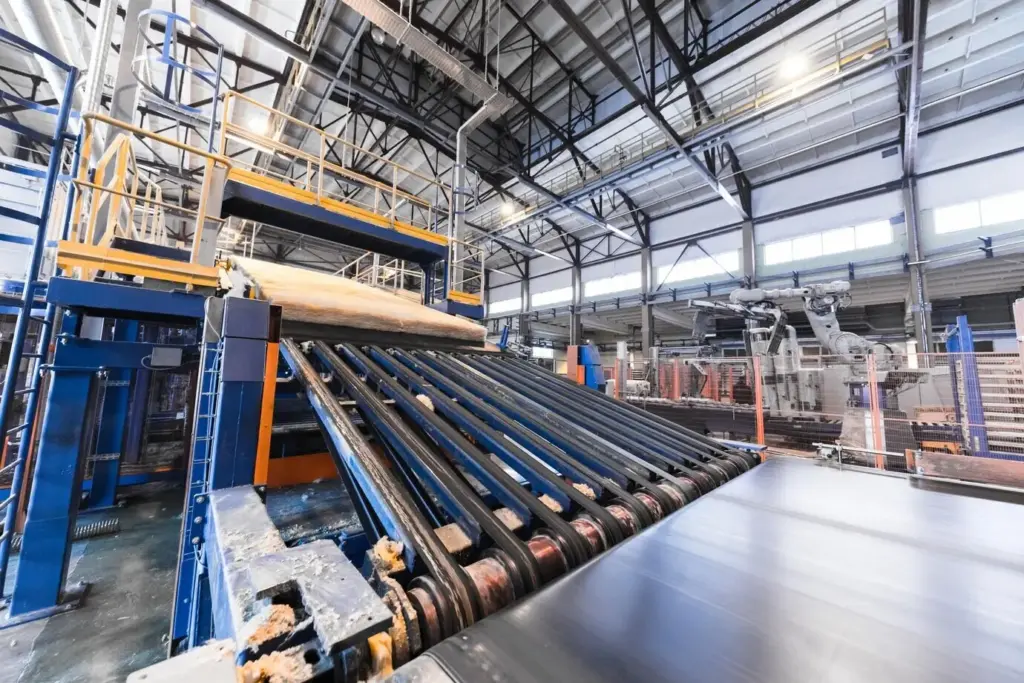
Cork and Wood Fiber as Continuous Exterior Shields
Continuous exterior insulation stops heat before it reaches framing, reducing interior surface temperatures and radiant discomfort. Cork and wood fiber panels fasten easily, accept lime or clay finishes, and create a smooth layer that bridges studs. With careful taping and shaded windows, indoor temperatures plateau, and ceiling fans can replace energy-hungry cooling for most of the season.

Thermal Mass, Night Flushing, and Deep Overhangs
Clay plasters, hemp-lime, or interior masonry absorb daytime gains, then release them when night breezes arrive. Night flushing through secure openings resets the building daily. Deep overhangs, trellises, and exterior blinds reduce solar exposure without sacrificing views. Combined with natural insulation, these passive moves make mornings crisp and evenings gentle, even in arid heatwaves.
Details Decide: Vapor, Air, and Meticulous Installation
Great materials can fail if details get sloppy. Success depends on uninterrupted control layers, careful sequencing, and patient installers who verify their work. From foundation transitions to roof ridges, every joint matters. Plan mockups, label penetrations, and test early. Thoughtful attention now prevents future callbacks, protects indoor air, and turns your insulation investment into quiet, lasting comfort.
Stories, Costs, and Joining the Conversation
Real homes teach what charts miss. Budgets stretch farther when assemblies are simple, locally supplied, and friendly to skilled labor. Incentives and carbon-minded financing increasingly reward natural choices. We invite you to trade notes, compare climates, and help refine guidance together, so families everywhere enjoy resilient comfort without sacrificing character, regional identity, or precious savings.
All Rights Reserved.

